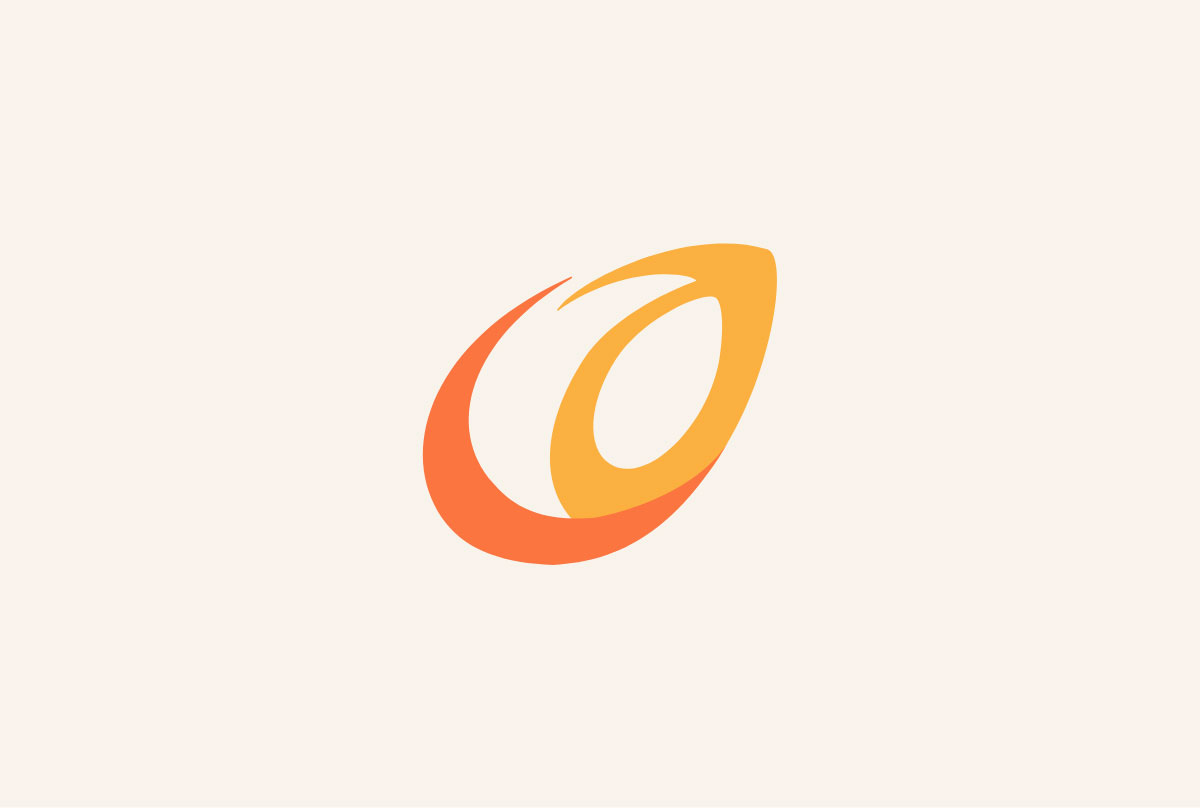This guest column was prepared by Billy Synk, director of pollination programs for Project Apis m. (PAm) and manager of the ‘Seeds for Bees’ project. PAm is an organization at the interface of honey bees and pollinated crops.
Every year, hungry hives are placed in orchards before the dawn of almond bloom. In growers’ experience, hives that forage on cover crops early (before bloom) are stronger in the second week of February, when almond bloom usually occurs. What’s more, cover crops planted in orchards provide bees with nutrients, allowing growers to boost their pollination potential.
In addition to providing better bee health, cover crops improve soil health in the orchard. Orchards will have better water infiltration, earlier field access, reduced compaction and better nitrogen contribution if the right mix is used. All cover crops excel at increasing organic matter, an important, yet often overlooked, aspect of soil health. Organic matter holds 18-20 times its weight in water. In fact, a 1% increase of organic matter in soil can hold up to 19,000 gallons of water per acre!
Here at Project Apis m. (PAm), understanding cover crop impact on orchards is part of our persistent tracking and funding of honey-bee-related research. Located at the nexus of two complimentary industries – almond production and pollination – PAm develops programs, such as Seeds for Bees, that fit the needs of both beekeepers and growers.
Launched by our experts in 2013, Seeds for Bees is a free bee forage cover crop program that almond growers with orchards of all sizes use to take advantage of the many mentioned benefits of cover crops. Demand for Seeds for Bees has grown steadily. Last year, the program provided 6,200 acres of cover crops to California growers, up significantly from 2,100 acres the first year. Each grower may receive a set amount of seed via Seeds for Bees funding. However, many growers with large acreage will buy additional seed outside the program to supplement coverage of their entire orchard.
Planting Cover Crops
With the aim of ensuring an early bloom, the ideal time to plant PAm cover crops is by October 5, before the first winter rains. However, some orchards with late harvesting varieties may not be ready by then. Cover crops planted after October 5 will still germinate, though the hive-strengthening aspects will be diminished. Synchronizing cover crop bloom with the bees’ arrival is the best way to take full advantage of the Seeds for Bees program.
There are three Seeds for Bees options from which to choose:
- PAm Mustard Mix is a mixture of Canola, ‘Bracco’ White Mustard, ‘Nemfix’ Mustard, Common Yellow Mustard and Daikon Radish. This mixture is great for adding organic matter and alleviating soil compaction in the orchard and requires the least amount of water among the three options.
- PAm Clover Mix is a mixture of six different species including Crimson Clover, ‘Hykon’ Rose Clover, Nitro Persian Clover, Frontier Balansa Clover, Berseem Clover and Annual Medic. Unlike the rapid fall growth of the Mustard Mix, this mix grows slowly over the winter. Clovers are nitrogen fixing plants, adding up to 84 lbs. N/acre.
- ‘Lana’ Woollypod Vetch is not a mixture, but a single species. Vetch, like clover, has nitrogen-fixation properties and should be planted early.
The best method for planting is direct seeding with drill equipment. We recommend an orchard/compact drill, equipment sold by companies such as Schmeiser or Great Plains. If broadcast seeding is the only option, a fine seed bed is desirable, since most of the seeds are small, like alfalfa. Ideally, the soil should be disked, cultipacked with a ring roller, planted and rolled a second time. The cover crop can be mowed or disked any time after almond bloom. If reseeding is desired, leaving plants intact until June may be necessary, however, this date will vary depending on the planting date and local climate. Reseeding of the PAm Clover Mix and ‘Lana’ Woollypod Vetch is encouraged, but the PAm Mustard Mix can be aggressive and is not a good candidate for reseeding.
Learn more
Signing up for the program is easy. There are no applications and no questions asked about financial or crop history. Seed is provided on a first-come, first-served basis. By mid-September, half of the seeds available for free planting are committed, and by the end of October, seeds are usually gone.
Almond growers can contact Billy Synk at Billy@projectapism.org to learn more and to enroll in the Seeds for Bees program, which starts in July each year. Additional information may be found at our website: https://www.projectapism.org/seeds-for-bees-home.html.